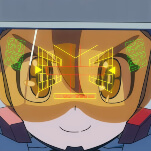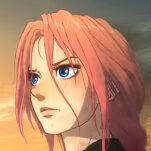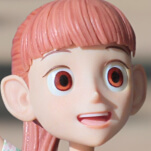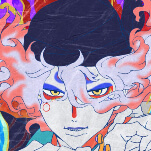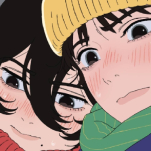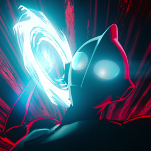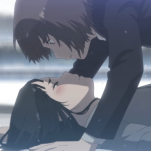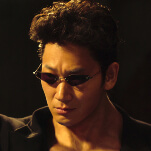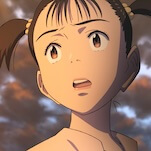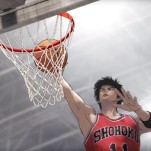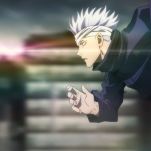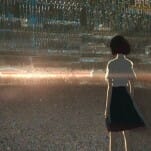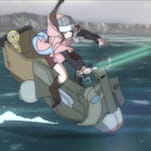The First Slam Dunk‘s Basketball Thrills Balance Flash and Fundamentals
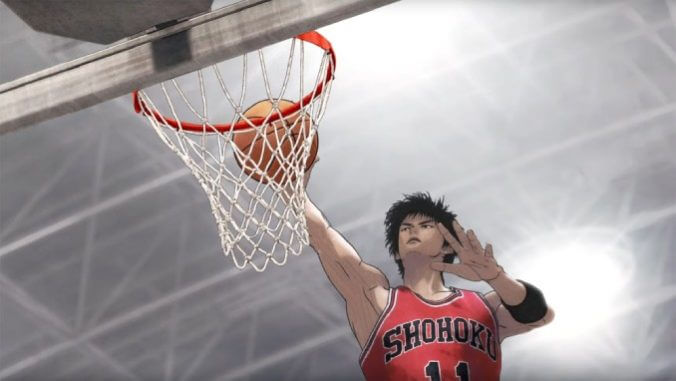
In basketball movies, whenever the coach has to calm his team down, reminding them of all their practice so that they snap back to reality, he calls them into the huddle. He gives a little speech through his stiff mustache, probably about teamwork and heart. At the end he emphasizes a single word: Fundamentals. More than any sport, basketball has the potential for showboating and going back to basics. The First Slam Dunk, with familiar characters, an innovative art style, and a narrative that’s helped structure an entire subgenre of anime, plays both sides of the court as it finds a delicate balance between flash and fundamentals.
The first feature film adaptation of the formative ‘90s sports manga Slam Dunk, The First Slam Dunk comes written and directed by its original creator, Takehiko Inoue. A snapshot of the franchise as a whole, it stuffs swift characterizations, painful backstories, and nimble gameplay into its two-hour high school basketball showdown, as the underdog Shohoku takes on the reigning national champs Sannoh.
Shohoku is our team, seen through the eyes of short speed demon Ryota Miyagi (Shugo Nakamura), who takes over main character duties from the novice Hanamichi Sakuragi (Subaru Kimura), a punk-turned-jock with dyed-red hair. Their teammates include Miyagi’s ex-bully Hisashi Mitsui (Jun Kasama), glass cannon hotshot Kaede Rukawa (Shin’ichiro Kamio), and ambitious Black senior Takenori Akagi (Kenta Miyake).
If you’ve learned the rules of any other sports anime, like the volleyball series Haikyu!!, you’ll be familiar with how we get to know these players between bursts of activity. Flashbacks abound, and the court is just as likely to fade out around a player’s head as it is to crush them with kineticism.
When going about their lives, the characters are rendered in the same crisp, detailed 2D as their environment. When they hit the court, they become 3D CG models that allow for their expressive movements (the fluidity clearly influenced by motion-capture) to be seen from all angles by a roving, excitable camera. The mobility of the artwork and the efficiency of the production has led to more and more 3D anime movies (studio Toei Animation’s latest Dragon Ball film made the jump to full CG after blending approaches a few years before), but The First Slam Dunk is the most effective use of the style I’ve seen yet. The 3D character models are nearly indistinguishable from their 2D counterparts and offer a real sense of depth thanks to a constant sheen of sweat. Lifelike reference work combines with sketchy pencil-stroke details to create characters that maintain a hand-drawn charm despite dribbling, shooting, and dunking with a silky smoothness. The First Slam Dunk moves like the NBA while exploiting the possibilities of animation to give us the perfect view of the action.
-

-

-

-

-

-

-

-

-

-

-

-

-

-

-

-

-

-

-

-

-

-

-

-

-

-

-

-

-

-

-

-

-

-

-

-

-

-

-

-


